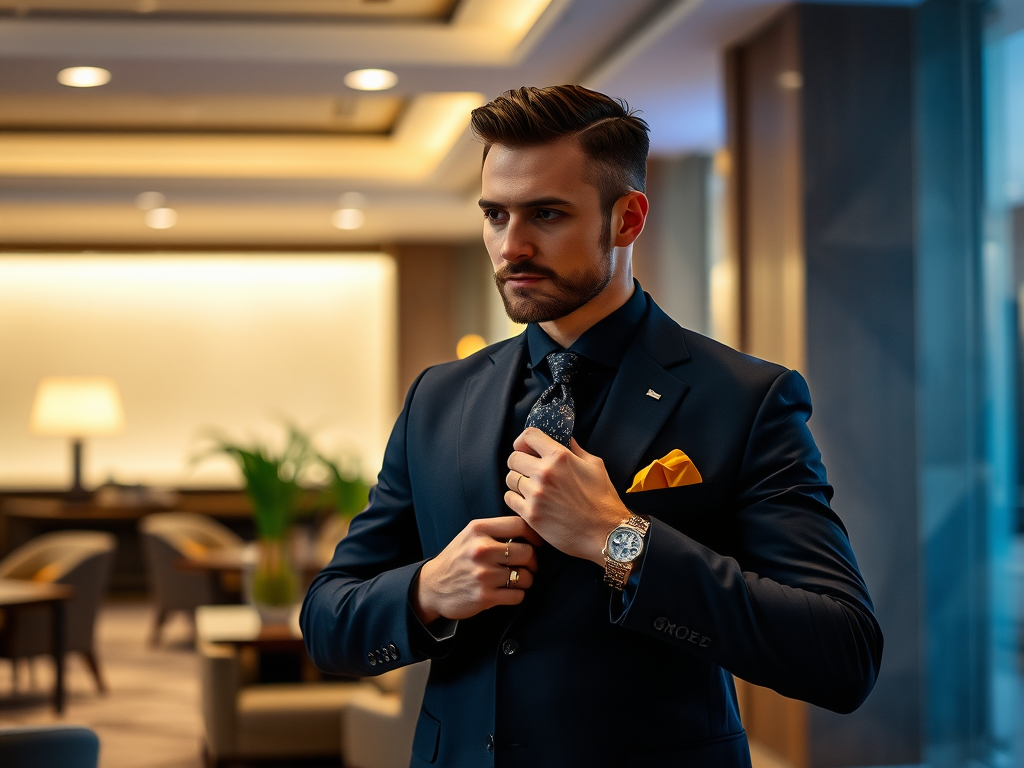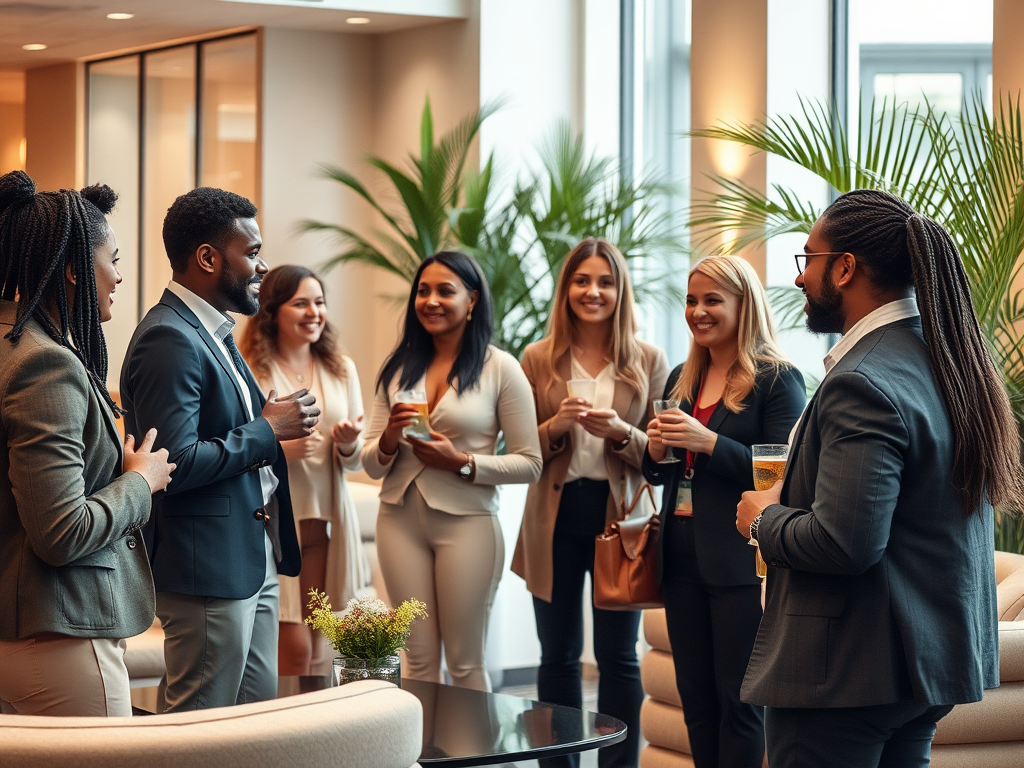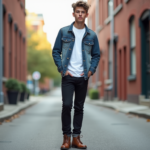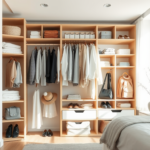What to Wear to a Work Social Event: Dress to Connect
In today’s fast-paced professional world, networking is essential, and the right attire can pave the way for meaningful connections. When you receive an invitation to a work social event, it’s more than just a chance to unwind; it’s an opportunity to present yourself and your professional identity to your colleagues. The dress code may vary significantly depending on the event type and location. Understanding how to navigate these nuances will not only enhance your confidence but also help you engage with others effectively. As you prepare, consider how your clothing can serve as an extension of your personality and professionalism. Each piece you choose, from the fabric to the accessories, contributes to the impression you leave on others.
Understanding the Importance of Attire at Work Social Events

The significance of dressing well for work social events cannot be overstated. Your attire acts as a visual representation of your professionalism, personality, and personal brand. When you invest time in selecting the right outfit, you convey respect for the occasion and those attending. Moreover, appropriate attire helps to establish common ground during conversations. It allows you to connect more deeply, signaling that you belong within your workplace culture. This can lead to enhanced networking opportunities that might not be possible if you fail to present yourself effectively.
Analyzing the Event Type

Formal vs. Casual Events
Understanding the nature of the event is crucial before choosing your outfit. Formal events may call for tailored suits or elegant dresses, while casual gatherings allow for a more relaxed approach. It’s valuable to analyze the mood of past events to inform your decision. For formal settings, opt for classic colors and styles that exude confidence. Conversely, for casual events, you can explore lighter fabrics and playful patterns that maintain professionalism while allowing for comfort.
Company Culture Considerations
Your workplace culture greatly influences your clothing choices. Companies often have unwritten rules regarding dress codes, which vary widely among industries. For instance, a tech startup may embrace a more laid-back dress code, while a law firm typically adheres to formal attire. Observing what others in your office wear can give you clear insights into the acceptable styles. Reflect on the impression you want to make and choose an outfit that aligns with that image. This will not only help you fit in but also ensure you feel confident during interactions.
Outfit Recommendations for Various Scenarios
Daytime Social Events
For daytime socials, you want to strike a balance between professionalism and comfort. Light fabrics like cotton or linen are excellent choices that promote ease of movement. Think about layering your outfit — a blazer over a smart-casual shirt can elevate your look while remaining breathable. Here are some outfit ideas:
- Chinos or tailored shorts paired with a crisp button-up shirt.
- A knee-length dress with a lightweight cardigan or blazer.
- Smart loafers or flats that are both stylish and comfortable.
Evening Functions
Evening social events generally call for slightly more formal attire. Darker colors often work best, as they tend to project sophistication while evening light is softer. You could opt for a well-fitted suit or a classic little black dress to make an impact. Here is a table summarizing the best evening attire options:
| Outfit Type | Recommended Attire |
|---|---|
| Men | Dark suit, dress shirt, tie, leather shoes |
| Women | Elegant dress or high-waisted pants with a stylish top |
Accessorizing Effectively
Accessorizing can truly transform your outfit. Selecting the right accessories enhances your overall appearance without overwhelming it. Consider incorporating a statement piece like a bold necklace or a watch that expresses your style. Remember to keep it simple; less is often more in professional settings. A stylish bag can also elevate your look while being practical. Ultimately, the goal is to express personality while maintaining sophistication.
Conclusion
In summary, dressing for a work social event goes beyond mere aesthetics. By carefully considering event types, company culture, and personal style, you can make thoughtful outfit choices. This not only helps you to feel confident but also positions you well for establishing connections with your colleagues. Always remember that your wardrobe serves as an extension of your professional identity, and making a strong impression can lead to valuable networking opportunities.
Frequently Asked Questions
- What should I wear to a casual office happy hour? A smart-casual outfit, such as dark jeans and a nice blouse or shirt, would work well. Adding a blazer can elevate the look without being overly formal.
- Is it appropriate to wear sneakers to a work social event? Sneakers can be appropriate if they are clean and stylish, especially for casual events. However, always gauge the overall vibe of the gathering first.
- How can I incorporate my personal style while staying professional? Choose one or two personal touches, like a unique accessory or a bold color, while keeping the main pieces classic and professional.
- What if I’m unsure about the dress code? When in doubt, it’s wise to ask a colleague or reference the event invitation for clues about the expected dress code.


